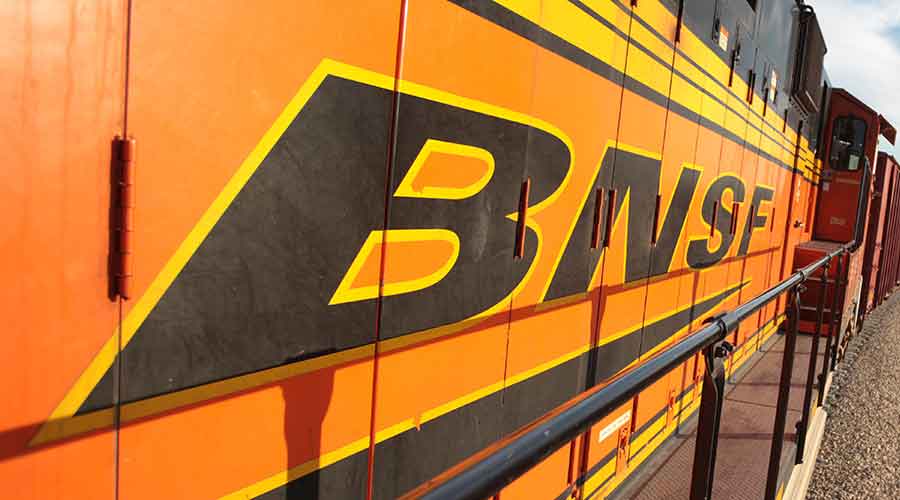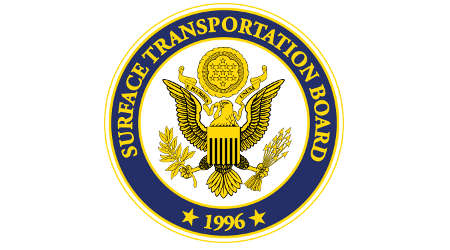Stay updated on news, articles and information for the rail industry
9/26/2011
Rail News: High-Speed Rail
Report: Federal government should expand its role, employ new policies to create successful HSR systems in U.S.
High-speed rail could work in the United States, but it will require a new approach, according to a report released today by the Lincoln Institute of Land Policy.
That approach should include new, accountable rail management structures, private-sector involvement and a focus on high-speed systems in California and the Northeast, the report states.
Entitled “High-Speed Rail: International Lessons for U.S. Policy Makers,” the report applies 50 years of international high-speed rail experience in a U.S. context. Authored by America 2050 Director Petra Todorovich and Regional Plan Association officials Dan Schned and Robert Lane, the report includes the following recommendations:
- The federal government should expand its role in planning and prioritizing high-speed rail corridors, and work with states to secure rights of way.
- The federal government should initially focus on high-speed systems in the Northeast Corridor and California by addressing the management and financing challenges that each region faces.
- New mechanisms for corridor management should be established by developing legislation that enables the creation of public infrastructure companies that can operate across state and national borders, and attract private investment.
- High-speed station investments should be coupled with policies that encourage land development around station areas.
- Potential federal, state and private sources should be used to secure adequate and reliable funding. Such sources could include existing transportation-related fees - such as a portion of the gas tax or ticket surcharges – a national infrastructure bank, public-private partnerships and credit assistance programs.
- A blend of federal planning and oversight should be used in conjunction with states that are implanting high-speed and intercity passenger-rail projects. In multi-state corridors such as the Northeast, a federally chartered infrastructure entity could be formed to finance infrastructure development with public-private partnerships.
In summary, the report states that international experiences with high-speed rail suggest that similar transportation, economic, environmental and safety benefits would apply in the United States.
The Lincoln Institute of Land Policy has partnered with the Regional Plan Association on a series of projects foe more than a decade. In 2005, the two organizations formed a national initiative known as America 2050, which aims to meet the infrastructure, economic development and environmental challenges facing the country.


 2025 MOW Spending Report: Passenger-rail programs
2025 MOW Spending Report: Passenger-rail programs
 Gardner steps down as Amtrak CEO
Gardner steps down as Amtrak CEO
 Guest comment: Oliver Wyman’s David Hunt
Guest comment: Oliver Wyman’s David Hunt
 Women of Influence in Rail eBook
Women of Influence in Rail eBook
 railPrime
railPrime







